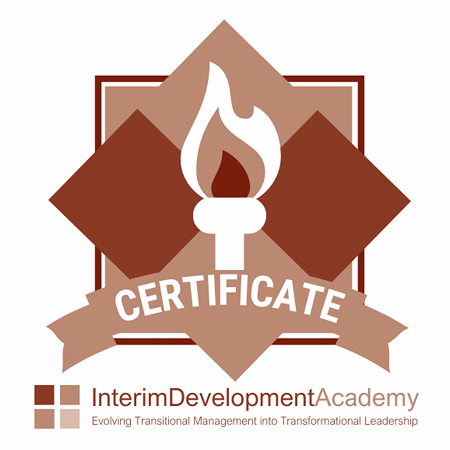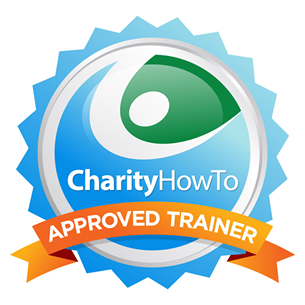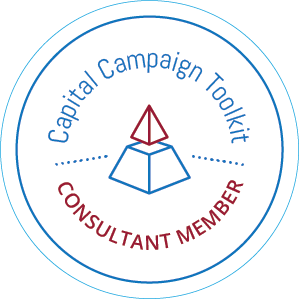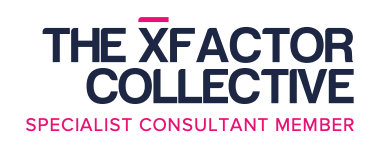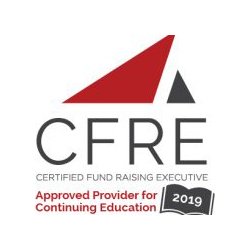When organizations create their direct mail appeal letters, the remittance envelope is often an afterthought. Far too many organizations put little thought into how the envelope or reply device should appear and what it should say. Many believe that a generic reply envelope will do just fine for their purposes or others want to “use up” their existing reply envelopes and what better way?
Well, time to start thinking otherwise. Your direct mail appeal reply device can help boost your direct mail appeal returns.
If designed correctly, you can inspire donors giving sights and increase charitable income towards your mission.Below are a few simple steps to help you begin to segment your major donors and start to ask them more personally to support your calendar year-end appeal.
Below are a few simple steps to help you begin to segment your major donors and start to ask them more personally to support your calendar year-end appeal, just by making a few simple and easy tweaks.
1 – You want to be sure that your reply device mirrors the messaging of the direct mail appeal including using similar wording and themes.
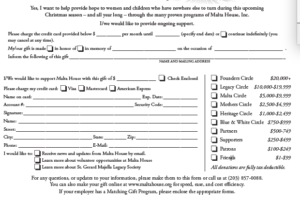 2 – Ensure that even your reply device includes your mission statement and perhaps even a donor impact statement. One reply device that I created for my client states “She had nowhere else to turn…but, you gave her hope and a home.”
2 – Ensure that even your reply device includes your mission statement and perhaps even a donor impact statement. One reply device that I created for my client states “She had nowhere else to turn…but, you gave her hope and a home.”
3- I long ago advocated against the use of Business Reply Envelopes (BRE’s). You know the ones where the organization pre-pays them up front and then uses them to entice donors to give. Do you think saving money on a postage stamp is going to make all the difference in the world to a donor? Not a big incentive. Save your organization money and have the donor place the stamp.
4- Include monthly/quarterly or any recurring donation option on your form by simply stating, “I/we would like to provide ongoing support. Please charge my credit card $ _________ per month until ________.” Or even better “continue indefinitely.”
5 – Include a section where donors can make gifts “In honor of/In memory of…”
6 – Ensure that all email captures are “permission-based.” If you have a line to capture email addresses and you plan on sending out newsletters or updates, be sure that you ask the donor permission. Consider having a check-off box that states something like, “Yes, I would like to receive periodic updates from the organization.”
7 – Consider having a check-off box to encourage volunteering, i.e., “I would like to learn more about volunteer opportunities at the organization.”
8 – Surely, have a check-off box where folks can indicate interest in making a planned gift to the organization and a separate one noting employer matching fit programs.
9 – Always have contact information on your reply device. If donors have specific questions, they need to know whom to contact, and your job is to make it easy and simple for them.
10 – You may also want to consider adding gift strings. Don’t leave the giving up to the inevitable “other” giving category. If you can do personalized gift strings, at least have suggested amounts that mirror the copy of your direct mail appeal letter.
So there you have the simple steps that you can immediately take to supercharge your reply envelope and increase your direct mail appeal returns to your calendar year-end campaign.
These are the same steps that I ensure I use when I create my client’s direct mail appeal package. And, they work!
For more simple steps that you can immediately take to enhance your calendar year-end appeal to support your charitable mission, feel free to contact me and schedule a 15-minute consult to discuss your specific campaign.
Join me for a FREE webinar on Thursday, November 16 at 1 p.m. on “How to Develop a Gift Range Chart and Customized Gift Strings to Maximize Your Year-End Giving Efforts.” – Don’t delay register today! Registration limited to the first 100 registrants.











 r nonprofit organization and then share with you some next steps on how to prioritize that list.
r nonprofit organization and then share with you some next steps on how to prioritize that list.